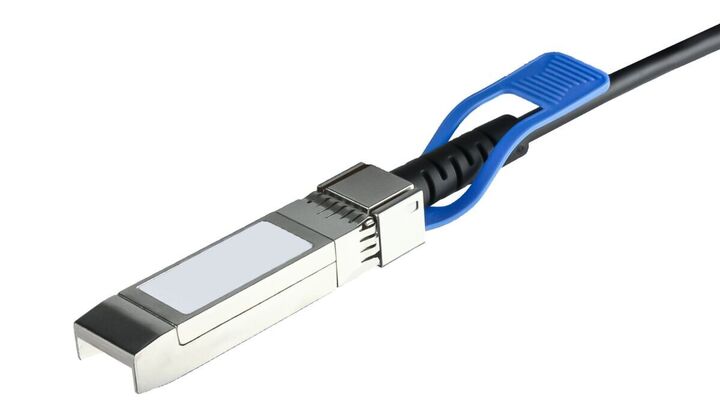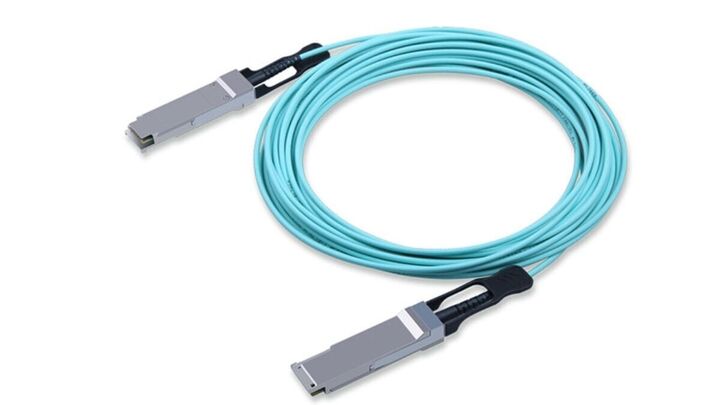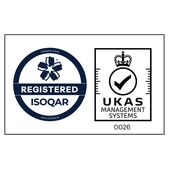The passive DAC cable has no electrical components and so has a low power consumption of 0.15w, however the connection distance is restricted to 7m. While active DAC cables include electrical components in the connections that can improve signal levels, they can reach higher lengths (up to 15m) via copper media and provide superior transmission quality. As a result, active copper cables are somewhat more costly and use more power than direct connect passive copper cables.
Power Consumption
Active Optical cables use more power than Direct Attach Copper cables. The Direct Attached Copper Cable takes less than 1W of power, whereas AOCs require 1-2W of power since it powers the electronic components inside the transceiver that perform signal conversion. Despite the absence of any electrical components inside the transceiver, passive DACs consume relatively little power (less than 0.15W) due to their thermal design. DACs will result in lower operational costs for power consumption.
Data Transmission Distance
Due to the restricted capabilities of copper transmission, direct connected copper cable can only transmit up to 15 metres, making it the ideal cost-effective solution for short-distance data transmission applications, whereas AOC cable can send over longer distances by utilising optical fibre technology. The maximum distance a signal may be sent over a DAC connection varies with data rate. As the data rate increases, the link length decreases; for example, 100G DAC cables can only transmit up to 5 metres. AOCs are the better option for long distance data transmission.
Cost
Copper cables are much cheaper than fibre cables and the DAC has a relatively simple internal structure with fewer components which makes AOC a bit expensive than DAC. DACs offer a cost-effective solution over AOCs for short range applications whereas for large clusters, the link distance and the actual layout of the cluster plays crucial role to decide which one is cost-effective.
Anti-electromagnetic Interference
Electromagnetic interference (EMI) refers to disruptions caused by external sources that impact electrical circuits. As previously stated, Active Optical Cables comprise optical fibres, which are di-electrics that do not conduct electrical current. Because AOC fibre optic cable is not susceptible to electromagnetic interference, it may be utilised in the majority of applications. Direct-attach copper cables, on the other hand, are prone to electromagnetic interference due to copper's ability to transmit electrical impulses. As a result, the usage environment is critical to minimise undesirable responses, performance deterioration, or system failure.
Flexibility
DACs are constructed of thick copper wires that get thicker as the bandwidth rises. 100G DACs have a greater thickness than 10G DACs. The thickness of the AOC optical cable, on the other hand, is set and has nothing to do with bandwidth. AOC fibre optic cables are generally half the thickness of standard copper wire. Therefore, AOCs offer far superior flexibility, making them easier to install in confined places than DACs.
Conclusion
Based on the comparison aforementioned, we believe that the distinction between DAC cables and AOC cables is more comprehensible. The high-performance networking of DACs and AOCs may benefit typical data centres. Understanding the distinction between the two is essential for choosing the most appropriate cable and saving money. If the transmission distance is less than 5 metres, DAC cables are the most cost-effective; if the distance is beyond 5 metres, AOC cables are the preferable option, as they will be superior in terms of performance and price.
If you would like to know more about AOCs and DACs you can contact our knowledgeable Team on 01745 586600 or email sales@leaderoptec.com











